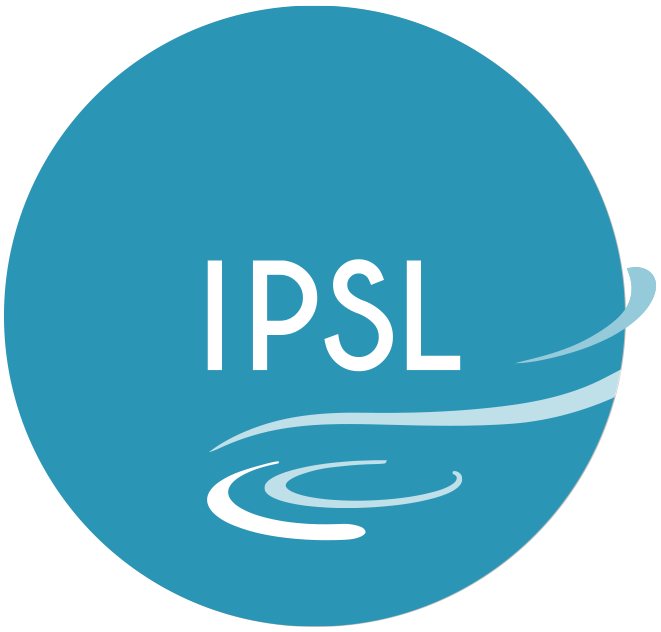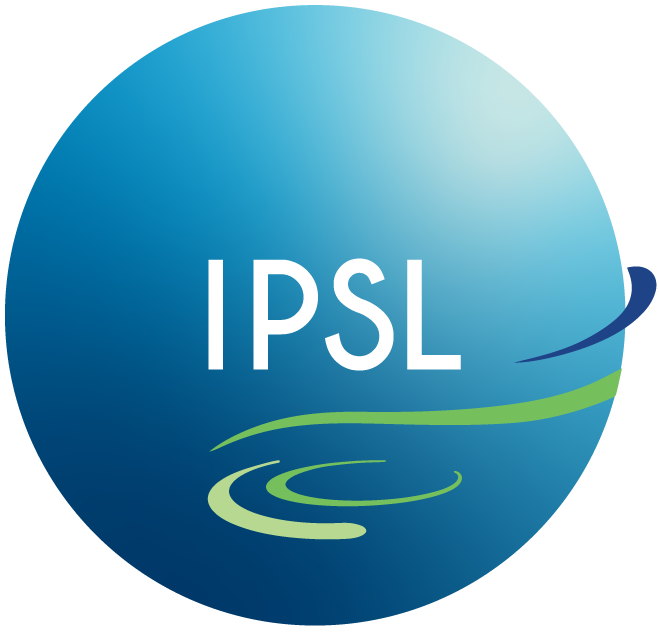Generalities
Satellites provide many observations that are useful to monitor land surfaces, and help understand their functioning. Thanks to them, we can better quantify carbon and water cycles, and land use change. We use various spectral domains including visible, infrared and microwave.
1-2 figures d’exemples: Fluorescence? SWOT?
As an example, the figure below illustrates the land variables of interest or processes that can benefit from some of the ESA spaceborne instruments.
source: https://earth.esa.int/eogateway/news/satellite-data-boosts-global-understanding-of-land-surface
At IPSL, we are more specifically using instruments related to:
- land use change (…)
- photosynthesis and fluorescence (ESA TROPOMI, ESA FLEX)
- above-ground biomasse (…)
- surface temperature (TRISHNA)
- wetlands (…)
- continental hydrology (SWOT)
Links with IPSL research themes
– => lien vers page web
- Bioteca
- Water Cycle
- SAMA
Involvement in national networks
- CNES/TOSCA
- TRISHNA?
- MAG
- FLEX
- SWOT
- CMIR
Implications in European Projects
- Copernicus
- CAMS_41
- CAMS2_52a
- ESA
- ESA CCI-Land Cover
- ESA CCI-Biomass
- ESA CCI-Fires
- ESA TROPOSIF
- ESA Sen4GPP
Satellites & sub-orbital synergies
- Process studies from satellite & sub-orbital synergies
- fluorescence, photosynthesis, FLUXNET, ICOS
- Déploiement d’instruments pour cal/val
- Liens IR / SNOs / site instrumentés
- Avec figure d’exemples
- ESPRI-OBS si pertinent
Links with IPSL models
- Data assimilation within the ISPL ORCHIDEE land surface model
- Data assimilation of surface fluxes + XCO2 in coupled LMDZ-ORCHIDEE mode


